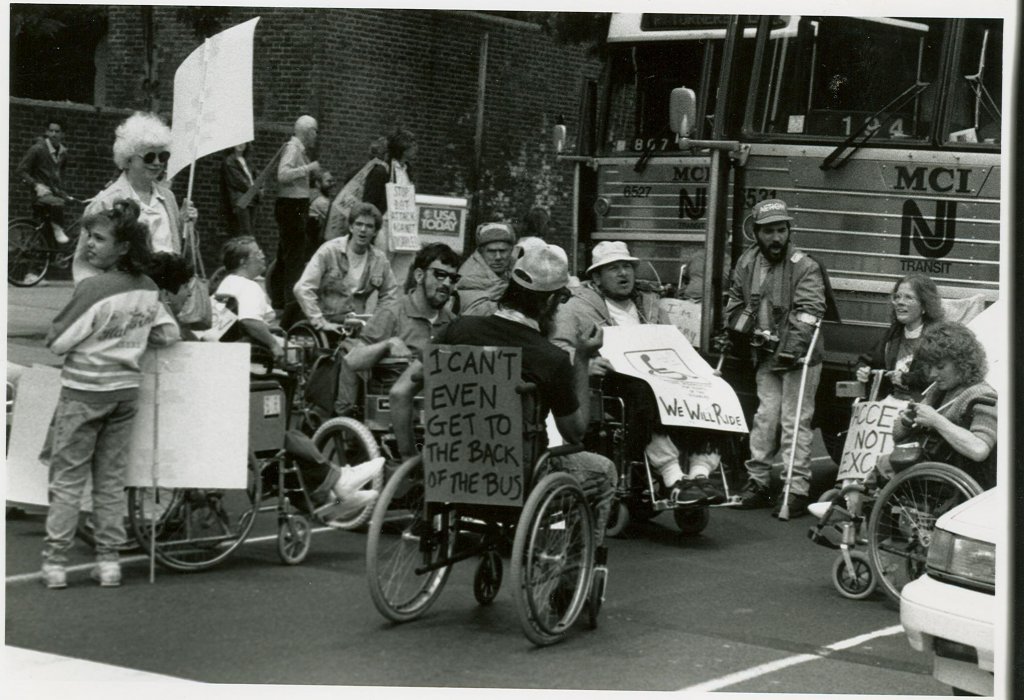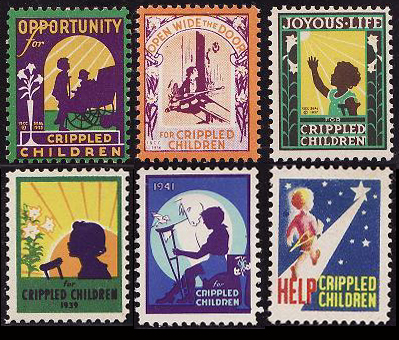Case File: Polio Part 2
- Home
- Long-Term Diseases
- Pandemic!
- Special Exhibitions
- Case File: Polio Part 2

There are few diseases as intertwined with disability as Polio. In many ways, Polio was instrumental in the development and success of the disability rights movement because it caused a sharp increase in the percentage of the population living with life-altering disabilities. Therefore, in the second half of the twentieth century, the rights of people living with disabilities became a more visible issue. [i]
People living with the effects of polio formed an essential cohort within the movement. The disability rights movement was, and is, a social movement which continues to address the fact that the problem with disability is not with the body of the disabled, but in the way in which able-bodied people respond.[ii]
Northeastern Ohio played an important role in polio-based disability activism. In 1907, Edgar Allen, a businessman from Cleveland whose son died in an accident due to a lack of hospital beds, built a hospital in Elyria Ohio. The hospital had a ward where children with polio could receive treatment and attend classes. While running the hospital, Allen was exposed to disabled children who were often hidden from view. Inspired, Allen founded the National Society for Crippled Children- the country’s first disability services non-profit organization, which was later renamed Easterseals.[iii]

Easterseals is best known for it’s fundraising campaign for polio in which people could purchase “seals” for one dollar. Early advertising for the organization featured children with polio and slogans such as, “Hey Mister! Lend Me a Dollar to Help Me Walk!”[iv] While initially intended to provide services for children handicapped by polio, over time the organization expanded its purview to all disabilities as well as adult and senior services. Easterseals was instrumental in passing of both the Social Security Act in 1935 and the Americans with Disabilities Act in 1990, and today remains one of the largest disability services organizations in the country.[v]
[I]Crip Camp: A Disability Revolution. Directed by Newman, Nichole and Lebrecht, James. London: Netflix, 2020.
[ii]Ibid.
[iii]“The Story of Easterseals,” Easterseals. Accessed June 29th 2020.
[iv]Easterseals. “Hey Mister.” Life Magazine. April 2, 1965.
[v]“The Story of Easter Seals.”
Header Photograph courtesy of Anthony Tusler.
Figure 2: Online at WikiMedia Commons.

